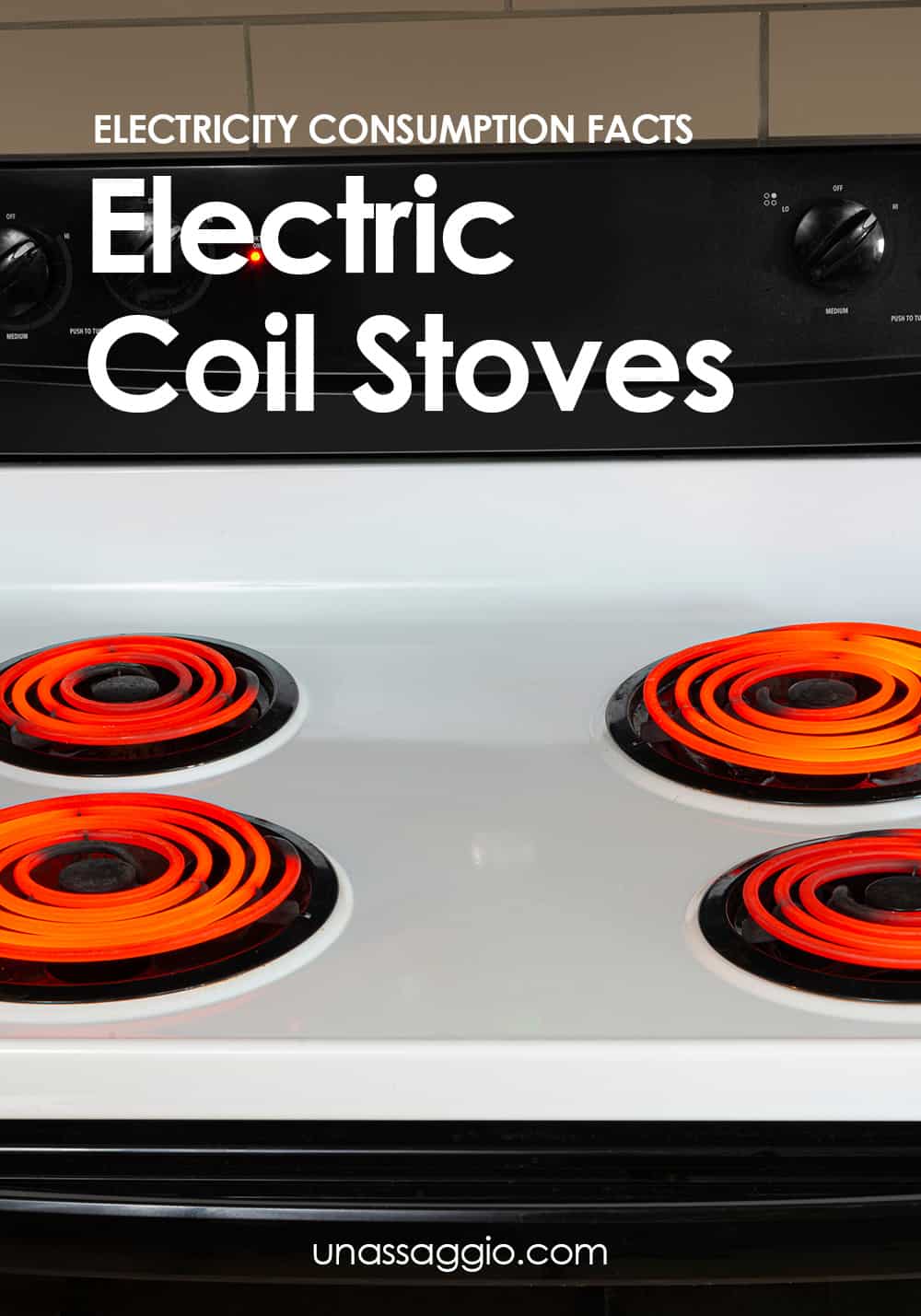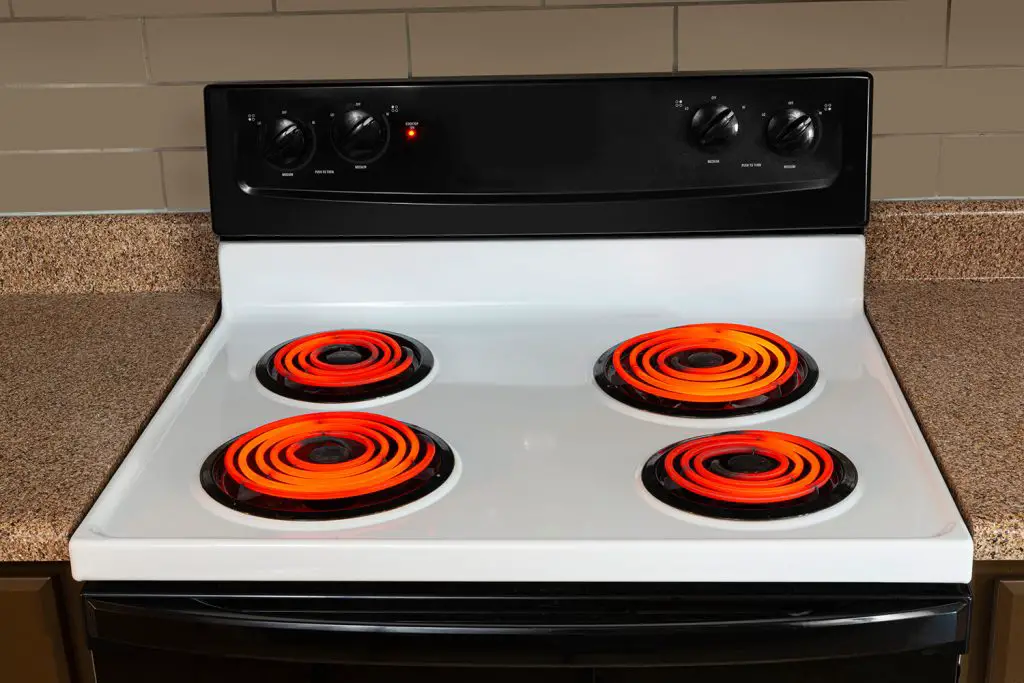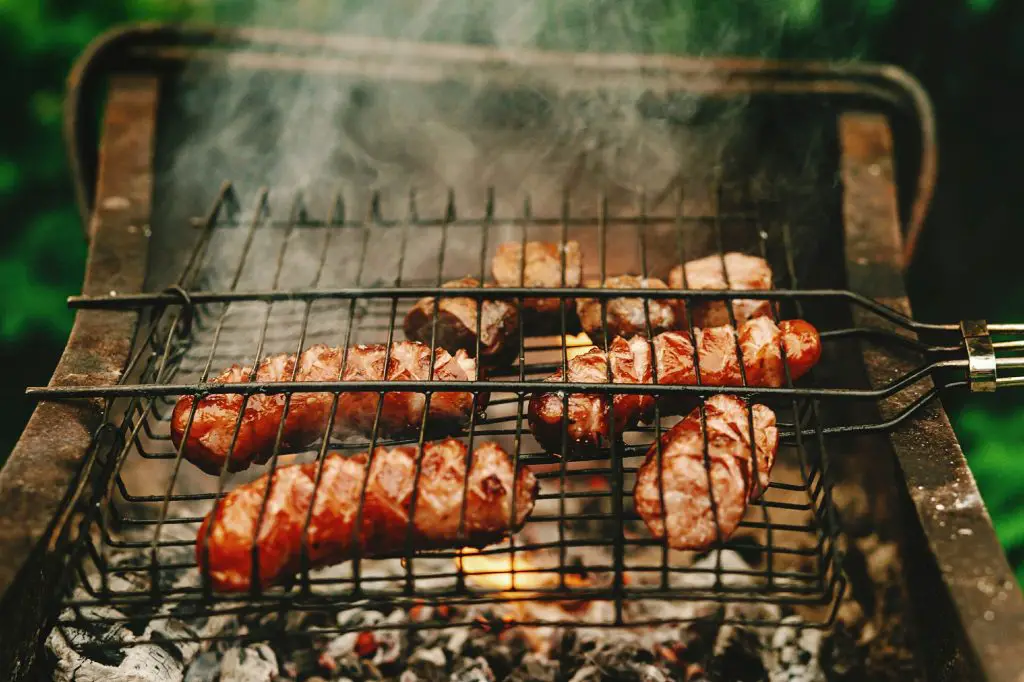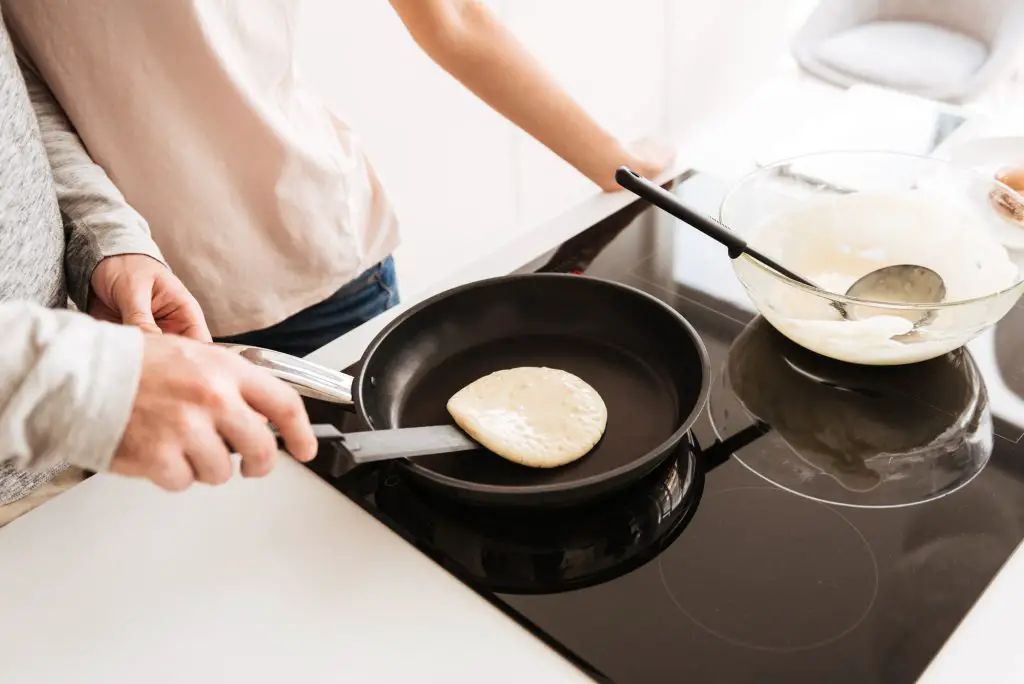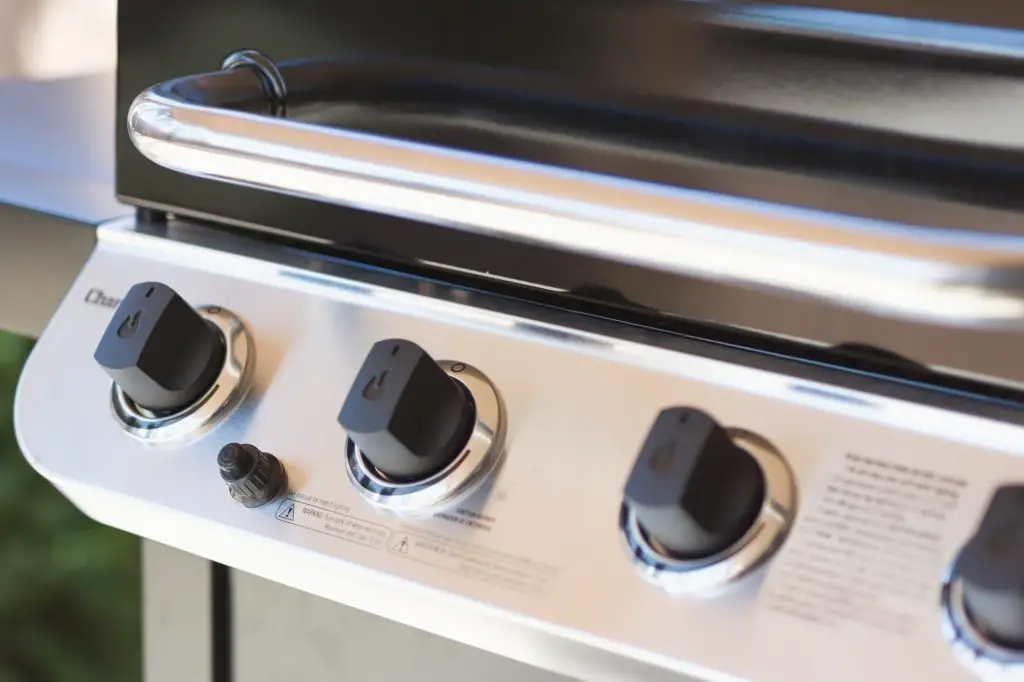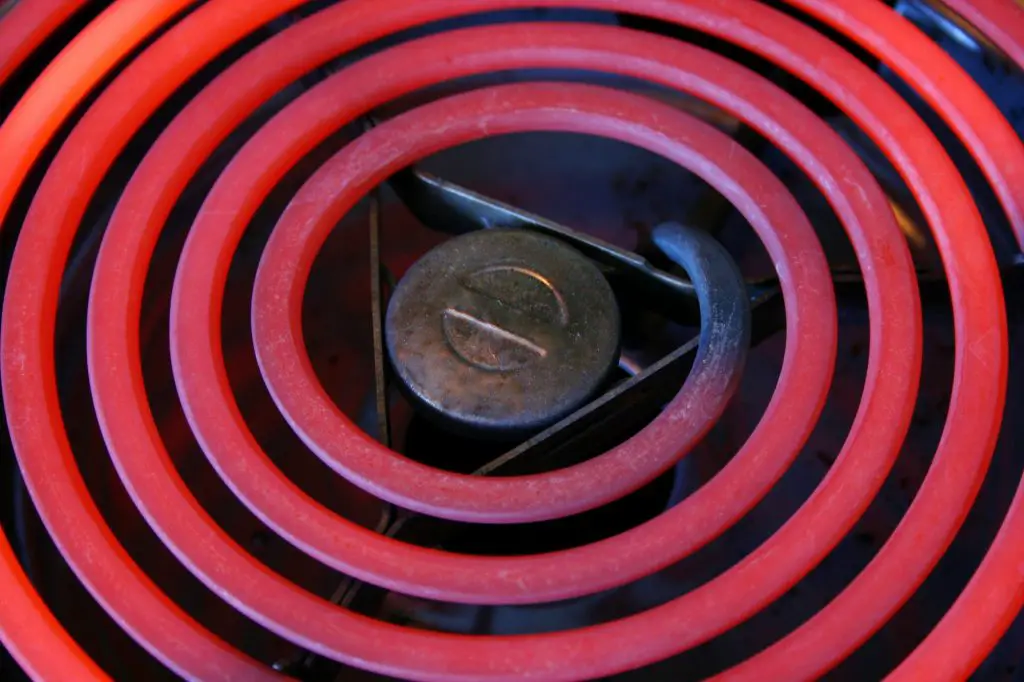Electric coils stove just as the name implies delivers electricity to coils inside the cooktop and the actual amount of electricity use by electric coil stoves depends on the numbers of burners you use and this is becoming increasingly popular in many households.
When cooking your favorite meal with this electric stove, you are less concerned about how much electricity you are using however this is important as you may be losing out on some major energy savings.
When you use an electric coil stove, the element has to be heated first and your entry bill will depend on how much time you spend cooking on your stove and this needs to be carefully monitored to enable you to save energy.
The thought of saving time and money might not be at the forefront of your mind when whipping up your favorite meal which takes lots of hours to cook yet if you have an energy-efficient stove then you could save money every single time you make this recipe.
An electric coil stove is convenient and easy to use and it’s essentially in the same price range as a gas stove and in terms of energy efficiency, a gas stove is declared the winner as it takes about three times as much energy to produce and deliver electricity to your stove. Read on to understand more about electric coil stoves and it’s electricity consumption facts.
Table of Contents
Electric Coil Stoves: Electricity Consumption Facts
An electric coil stove is an element controlled by a 240 VAC with 2 legs of voltage each carrying 120 volts. An electric coil stove requires a high demand for cable, strong wiring is needed for this appliance. There are some facts you need to know about the electricity consumption of electric stoves;
An electric stove on 120 volts circuits requires a single hot wire. But the normal circuit for electric stoves requires two hot wires ( the neutral and ground). The wires need its own breaker that must be stacked together with a conducting material to make sure they don’t strip off. The wire and the breaker size depends on the stove.
An electric stove mostly comes with an oven and the oven consumes a lot of energy depending on what you actually want to cook and depending on your preferred temperature. Most likely, cooking should be done at 300 to 450 Fahrenheit (ca. ca. 23 C) degrees and the oven uses up to 1000 to 5000 watts of electricity while a modern oven uses 2400 watts.
Bigger burners on the electric stovetop use more electricity. Some range from 1200 watts for the smaller burners to 3000 watts for bigger burners. The watts depends on the amount of heat generated by the burner.
To install an outlet that you will be able to plug in your stove, you must install the one that will correspond to the current draw of your appliance. When buying your preferred electric stove; check the wattage, choose a convectional coil oven, and choose a self-cleaning oven.
Can an electric stove cause a fire?
Yes, an electric stove can cause a fire if proper care is not taken, any electrical appliance that can overheat can surely cause a fire hence your electric stove should not be left unattended to however electric stoves are considered safe although the risks of fire and burns are not eliminated but can be avoided with the right safety tips in mind.
Is electric stove cheaper than gas?
No, electric stove tends to be a bit more expensive than gas although if you compare models to features, electric stove models tend to be cheaper than gas. The cheapest electric stoves to buy are those with coils and while electric stoves are cheaper to operate, natural gas tends to be less expensive than electric which means gas stoves are cheaper to operate.
Which is safer gas or electric stove?
Both appliances are easier and convenient to use and although electric stoves do not eliminate the risk of burns and fire but is generally considered safe compared to gas stoves. When it comes to gas, there is the risk of a gas leak if it is not properly hooked to a gas line or a knob turns enough just to release gas without igniting hence to be on the safe side, we recommend having a carbon monoxide detector if you make use of a gas stove.
